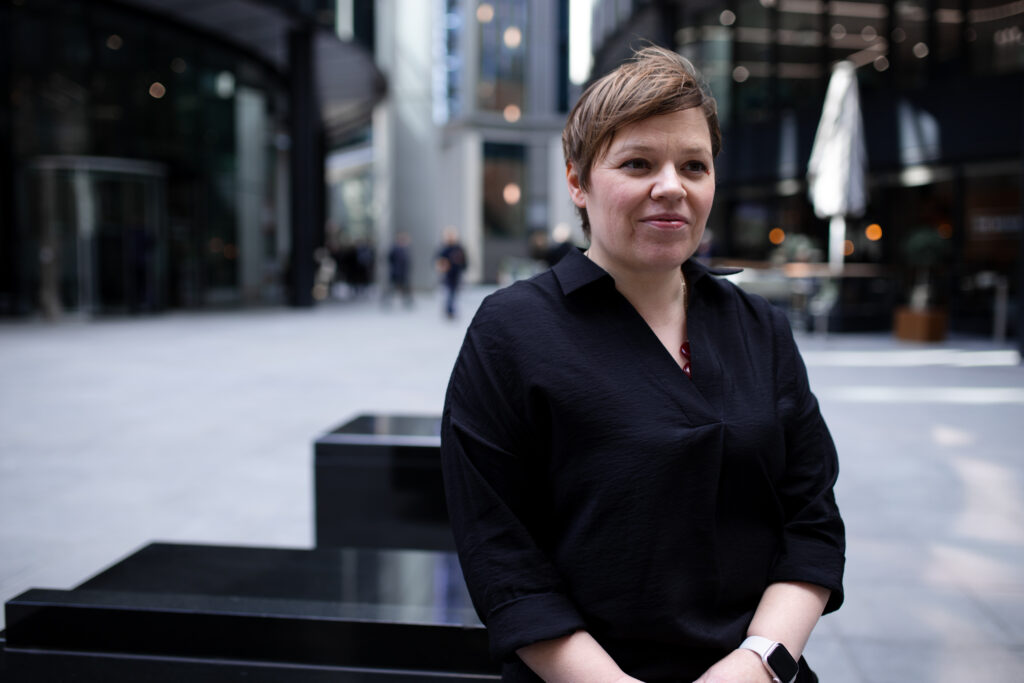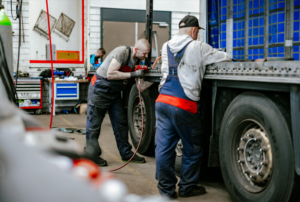Several advances in the electric vehicle industry occurred in 2023, with technology and culture coming together to stimulate interest and progress. Experts from EV charging solutions provider Mer share their insights on the critical takeaways from last year that will shape the future of EV charging infrastructure in 2024 and beyond. FVI reports.
Preparations for a carbon-free future in the automotive sector are ongoing despite mixed messages about the UK’s commitment to net zero. The transition to electric vehicles is gathering pace, and the infrastructure to power this transition continues at speed and scale. Experts from Mer expect this momentum to continue as the timelines for achieving the critical targets approach.
‘2023 was a big year for the UK EV market,’ says Elizabeth Warren, Interim Director of Public Charging at Mer. ‘We’ve seen a huge increase in EV adoption encouraged by policy support, the spread of ULEZ zones, and easier access to EVs through salary sacrifice and leasing schemes like Octopus EVs.’
She adds that continued investment in the private workplace market is also helping drive this trend as companies take action to meet internal and external net-zero targets by switching their fleets to EV vans and cars. Ikea is an excellent case in point.
‘The uptick in EV adoption has encouraged and supported much-needed investment into the EV infrastructure market as charge point operators (CPO) strive to meet demands for more multi-bay, ultra-rapid hubs.
‘Overall, 2023 has been an amazing year for the EV sector – with increased EV uptake, technological progress and policy support driving the industry to its ultimate goal: to provide a healthy environment for all.’
Despite this progress, Paul Winchester, Head of Operations, highlights the sector’s challenges. ‘Across both public and commercial fleet charging, the biggest challenge remains the business case to electrify. The cost of both vehicles and infrastructure is still very high.
‘The fleet and workplace EV sector also faces challenges getting EV variants with the necessary range and payload capacity. Not all vehicles can immediately switch to alternative fuels. A business may need to adapt its logistics operations if the current fleet models aren’t available in EV form.’
He adds that power will continue to be a challenge. ‘Existing supply levels will not be enough to electrify commercial fleets. Grid connection applications often require reinforcement, with months or even years of delays. The knowledge, process, cost and resource required to upgrade or introduce new distribution network operator (DNO) connections can be complex, especially now because we’re seeing single MPAN restrictions, meaning second supplies may not even be possible.’
There are also challenges around the commercial contract necessities for CPOs, which Paul argues need to be clarified. ‘Hybrid property and energy contracts lead to misunderstandings and protracted negotiations. Similarly, complex ownership structures and land rights that require multiple parties’ permissions tend to slow infrastructure mobilisation.
‘That said, the EV industry has rapidly overcome many massive challenges to get us to where we are now. And there will be yet more to come. These challenges lead to further development and will, I’m sure, be overcome with the innovative thinking that characterises the industry.’
Some things still need to be addressed, however. The sector must meet 2035 goals. Alex Hinchliffe, Interim MD at Mer, believes the industry’s rapid development means that people are now overwhelmed by choice.
‘Technology enhancements, government legislation, and environmental concerns have all impacted people’s decisions about the transition to alternative fuelling methods. Nothing is going to stop that trajectory. However, being well-informed of the capabilities and whether electrification is right for you or your business now involves building knowledge and working with experts to find the right solution to these challenges.’
He adds that vehicle manufacturers and designers will continue evolving their EV capability for personal and commercial vehicles, improving range and payload capacity. ‘Meeting power availability requirements will see the take-up of alternative power options such as battery and solar, and there has to be a more straightforward, more cost-effective way to implement upgrades or integrate new supplies.
‘There is still much work to do to meet 2035 goals, not just around infrastructure expansion but also in standardisation and interoperability between CPOs. It’s important that the industry now works towards clear regulatory goals and clear government policy to ensure the successful rollout of EV charge points at the right speed, in the right place and at the right price.’
Alex believes there is still a lot of momentum in the EV charging industry. ‘The technology is constantly evolving and improving, so we should be confident that these challenges will be met. However, the industry must recognise that once installed, the aftercare, utilisation and performance of the infrastructure is perhaps the most important metric for our customers. Simple, reliable, consistent charging experiences for drivers of any electric vehicle – from the private driver using public charging networks to major commercial fleets – is the critical factor in ensuring the success of vehicle electrification and achieving those 2035 targets.’




